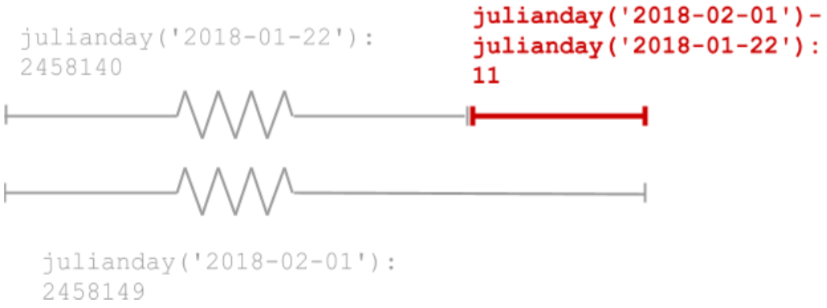Course
Topics
Learn more about SQL
Certification available
2 hr
530.8K
Certification available
Course
Joining Data in SQL
4 hr
106.4K
Certification available
Course
Intermediate SQL
4 hr
171.2K
See More
RelatedSee MoreSee More
Top 5 SQL Server Certifications: A Complete Guide
Unlock SQL Server certification success with our guide on paths, preparation with DataCamp, and the top certifications to enhance your career.
Matt Crabtree
8 min
PostgreSQL vs. MySQL: Choosing the Right Database for Your Project
Explore the key differences and similarities between PostgreSQL and MySQL to find the best database solution for your project's needs.
Jake Roach
8 min
SQL Developer Salaries: Expectations in 2024
In this article, we're going to learn what an SQL developer does, what factors impact SQL developer salaries, how the average SQL developer salary compares to the average salaries of other developer profiles, and how you can increase your salary as an SQL developer.
Elena Kosourova
7 min
Mastering SQL NOT EQUAL Operator: A Beginner's Guide
Unlock the power of SQL NOT EQUAL with our expert guide. Learn to refine data queries with practical examples and optimization tips for better analysis.
Abid Ali Awan
5 min
SQL NOT IN Operator: A Comprehensive Guide for Beginners
Master SQL's NOT IN operator with this beginner's guide. Learn to filter data effectively, avoid common pitfalls, and explore efficient alternatives
Abid Ali Awan
5 min
SQL CONTAINS: A Comprehensive Tutorial
Unlock the power of SQL CONTAINS for advanced text searches. Dive into logical operators, proximity searches, and wildcard uses for precise data analysis.
Abid Ali Awan
5 min
